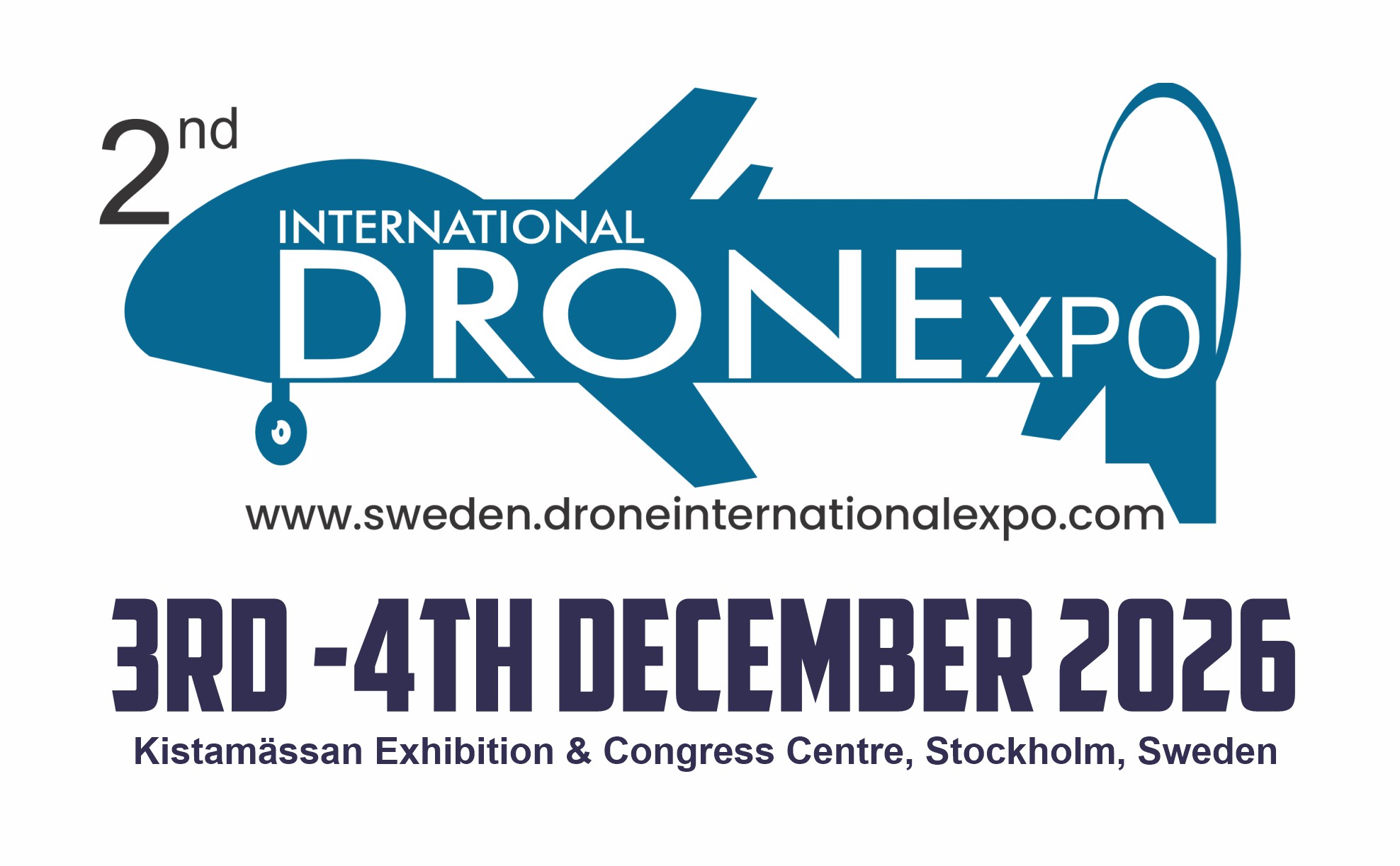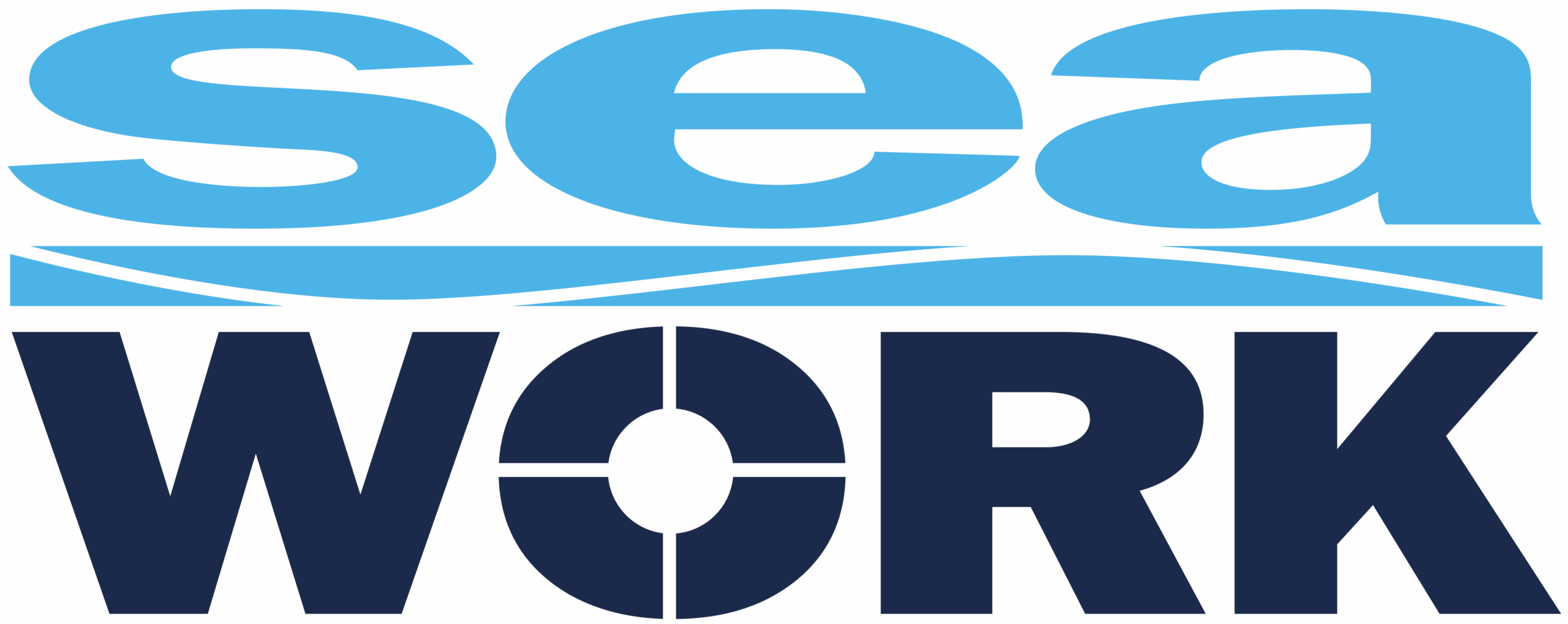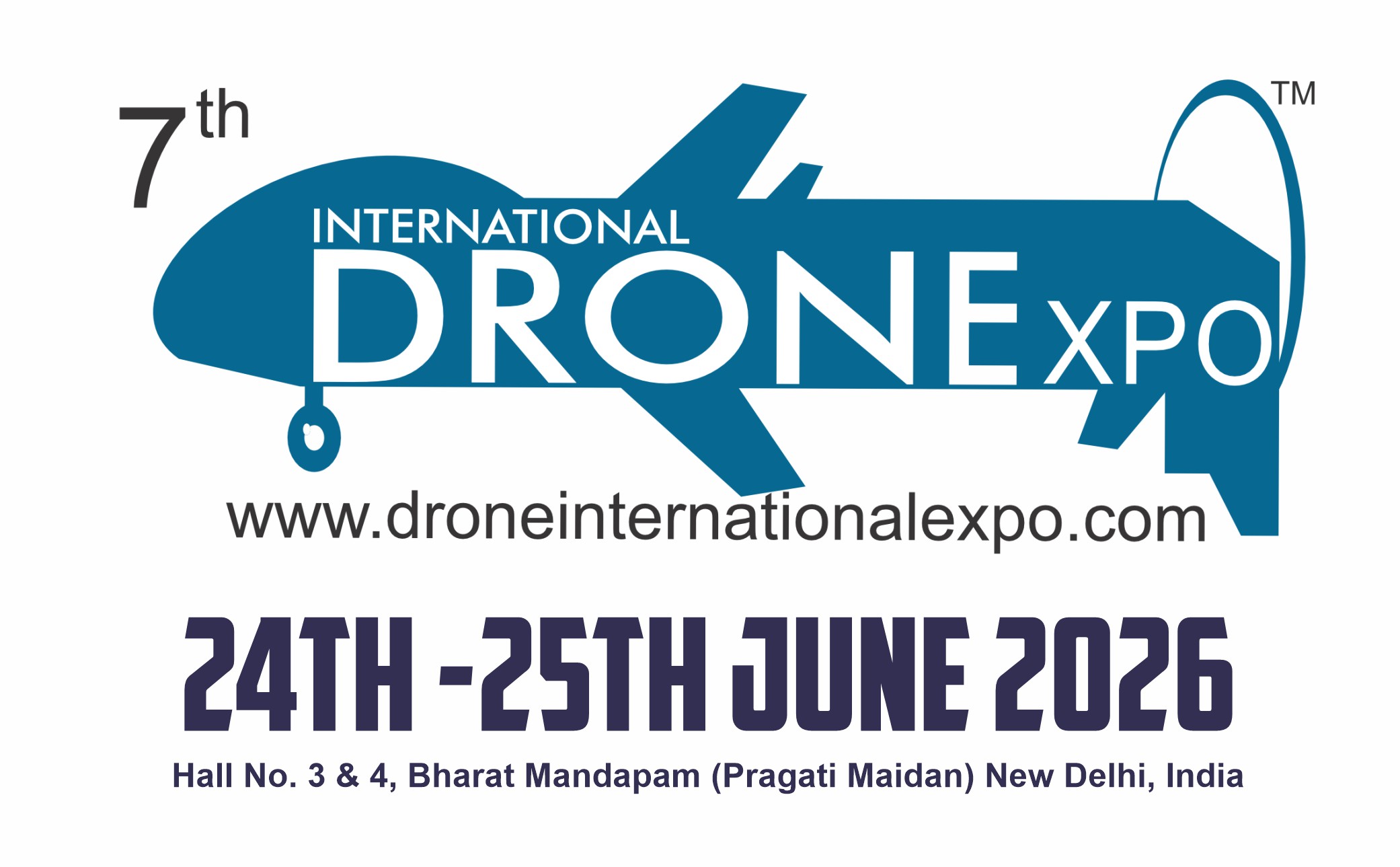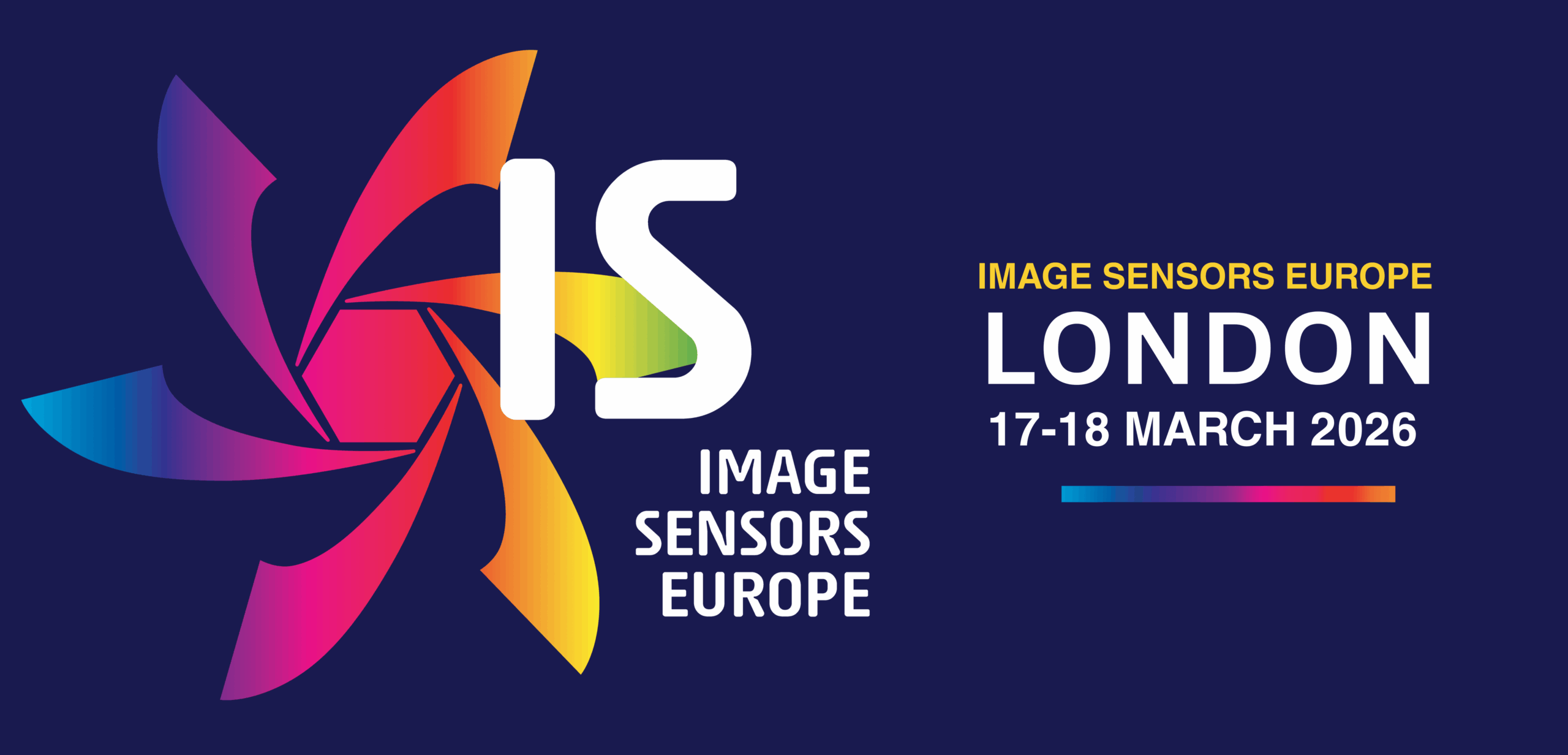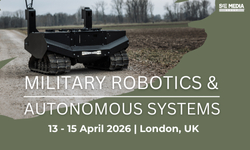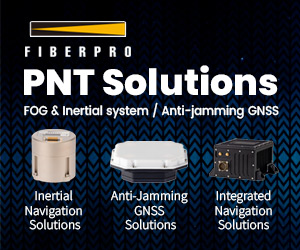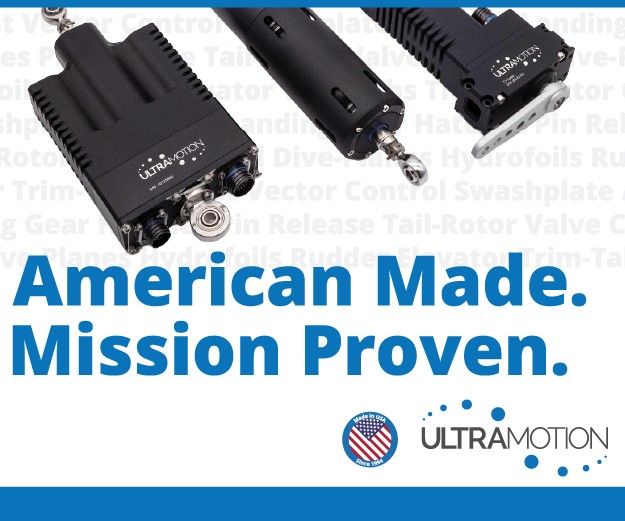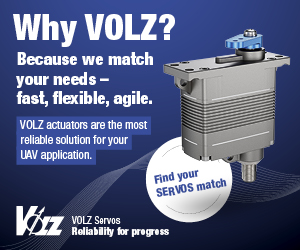VW details its self-driving ID.Buzz shuttle
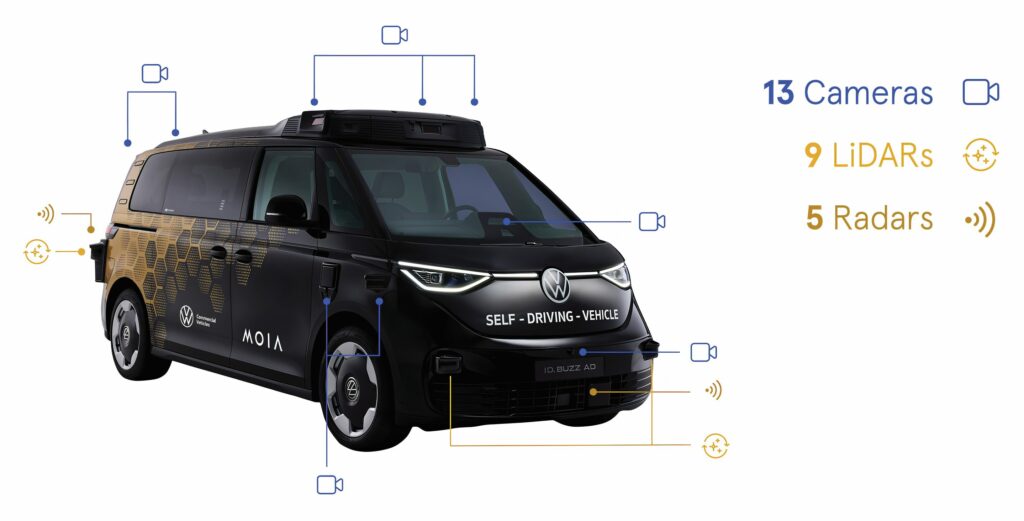
(Image courtesy of Volkswagen)
Volkswagen has detailed the technology in its self-driving shuttle, based on the ID.Buzz platform, writes Nick Flaherty.
The ID.Buzz AD has been developed from the ground up for autonomous operation by VW’s autonomous driving subsidiary MOIA, and has been tested on public roads in the US and Europe since 2022. The AD is built on the same production line as the standard version, allowing flexible production.
The sensor and autonomous driving system comes from Mobileye in Israel. This Drive system uses 13 camera sensors and five radar sensors as the primary sensors with a range of 300 m. The radar sensors have six receive channels and four transmit channels, plus a dedicated controller with a performance of 11 Tera Operations per second (TOPS). Nine Lidar frequency modulated continuous wave (FMCW) laser sensors provide additional sensing from the roof and around the vehicle with a range of between 200 m – for an object with low reflectivity of 10% – up to 300 m. The quad core Lidar controller has 16 digital signal processor cores to handle the FMCW algorithms.
The self-driving system is managed by four EyeQ6 Ultra processors. These support links to other vehicles in the field, allowing updating of maps, for example to warn of road works or closures. The EyeQ6 Ultra is the highest performance processor from Mobileye – with performance of 176 TOPS with a power envelope of 100 W – built in a 5 nm process at TSMC in Taiwan. This combines 12 processor cores designed by Mobileye using the open RISC-V instruction set architecture with a dedicated hardware AI engine that is now being produced in volume.
Passengers can access the vehicles either wirelessly via their smartphone or manually by punching in an access code on a side panel. Its powered sliding door can open and close on its own, meaning that a passenger doesn’t need to turn around and shut it after exiting. This avoids damage to the vehicle.
“Our goal is to create intelligent mobility solutions that can be deployed across Europe and worldwide,” said Christian Senger, CEO of Volkswagen Autonomous Mobility. “These use many of the identical sensors found in other Volkswagen Group cars that are manufactured at industrial scale.”
Through MOIA, the ID.Buzz AD is offered as part of a ‘white-label’ package to rideshare operators. This package includes essential backend software designed to manage the fleet efficiently, such as sending commands to reroute vehicles in the event of traffic disruptions or street closures. For operators without an existing application, the package also provides a white-label digital customer booking platform, which serves as a communication tool with the vehicle because there is no driver.
Uber plans to start using a fleet of 500 vehicles in commercial service in Los Angeles (USA) in 2026.
UPCOMING EVENTS


